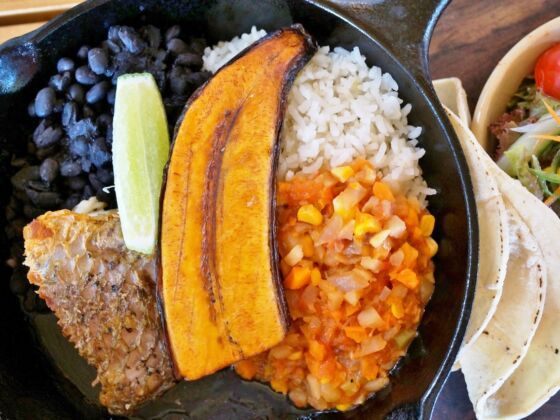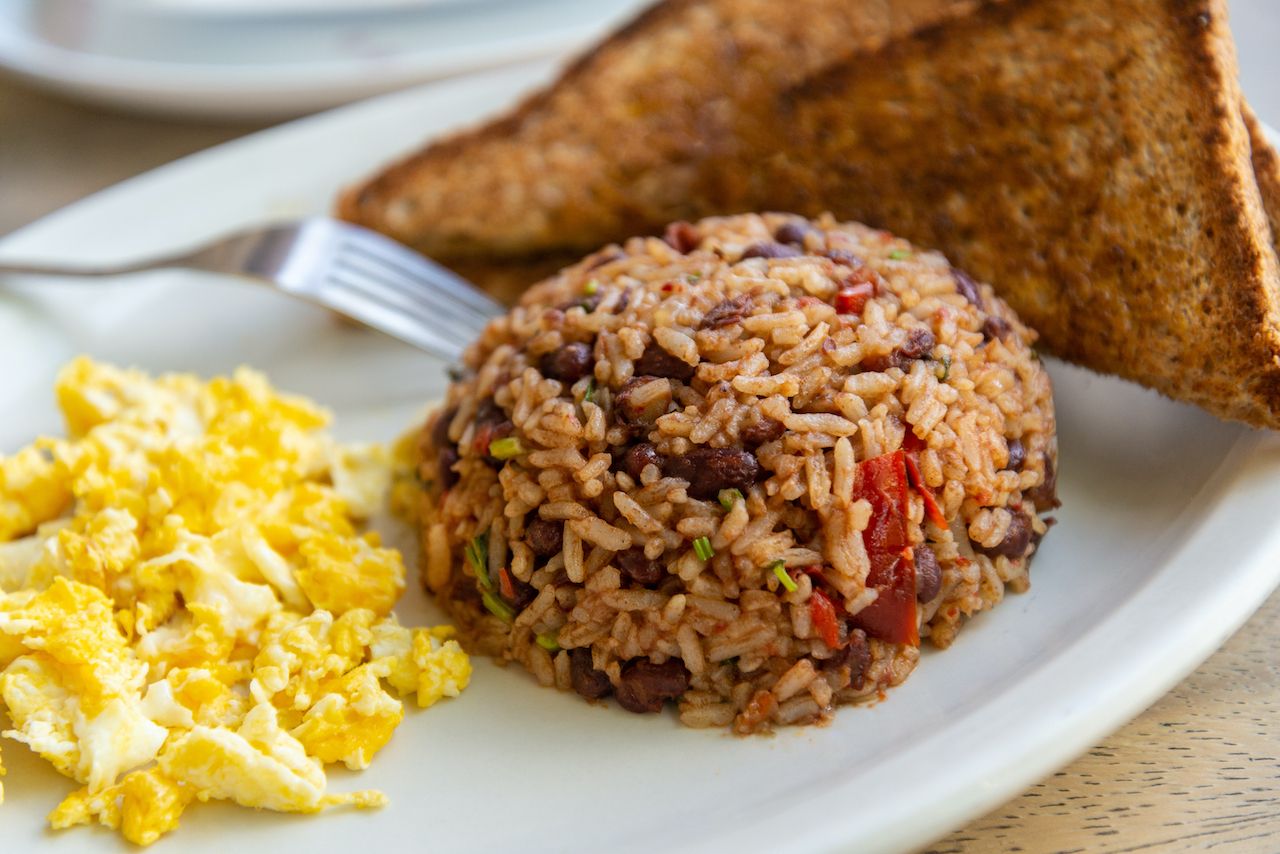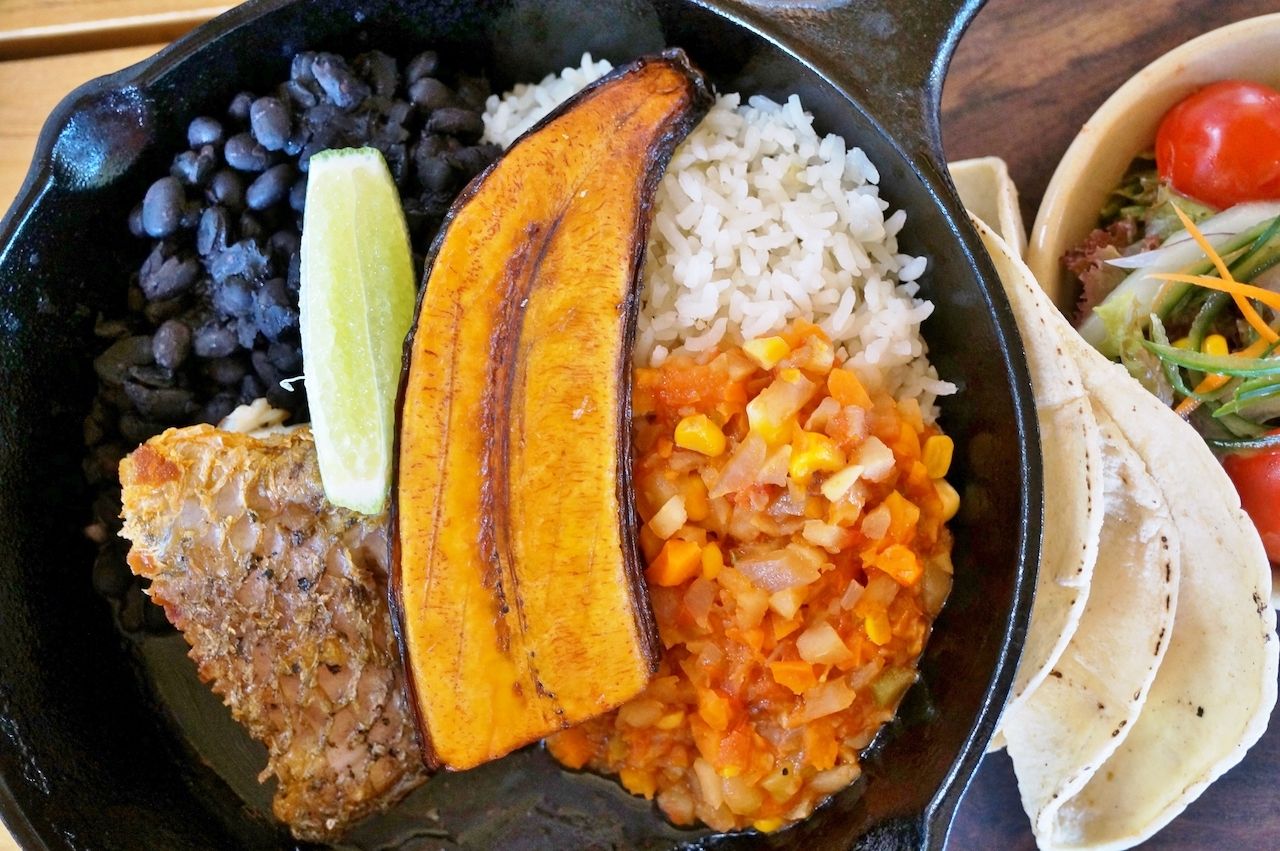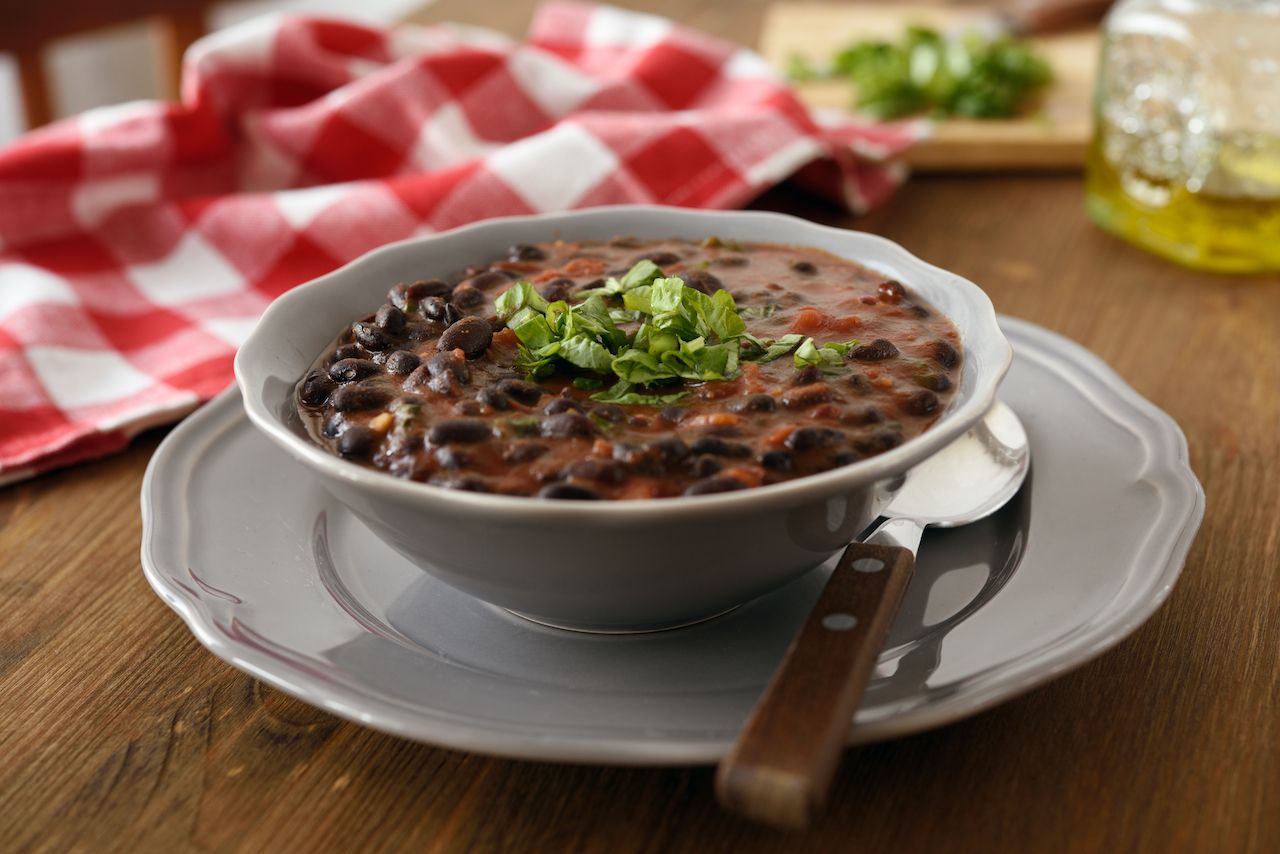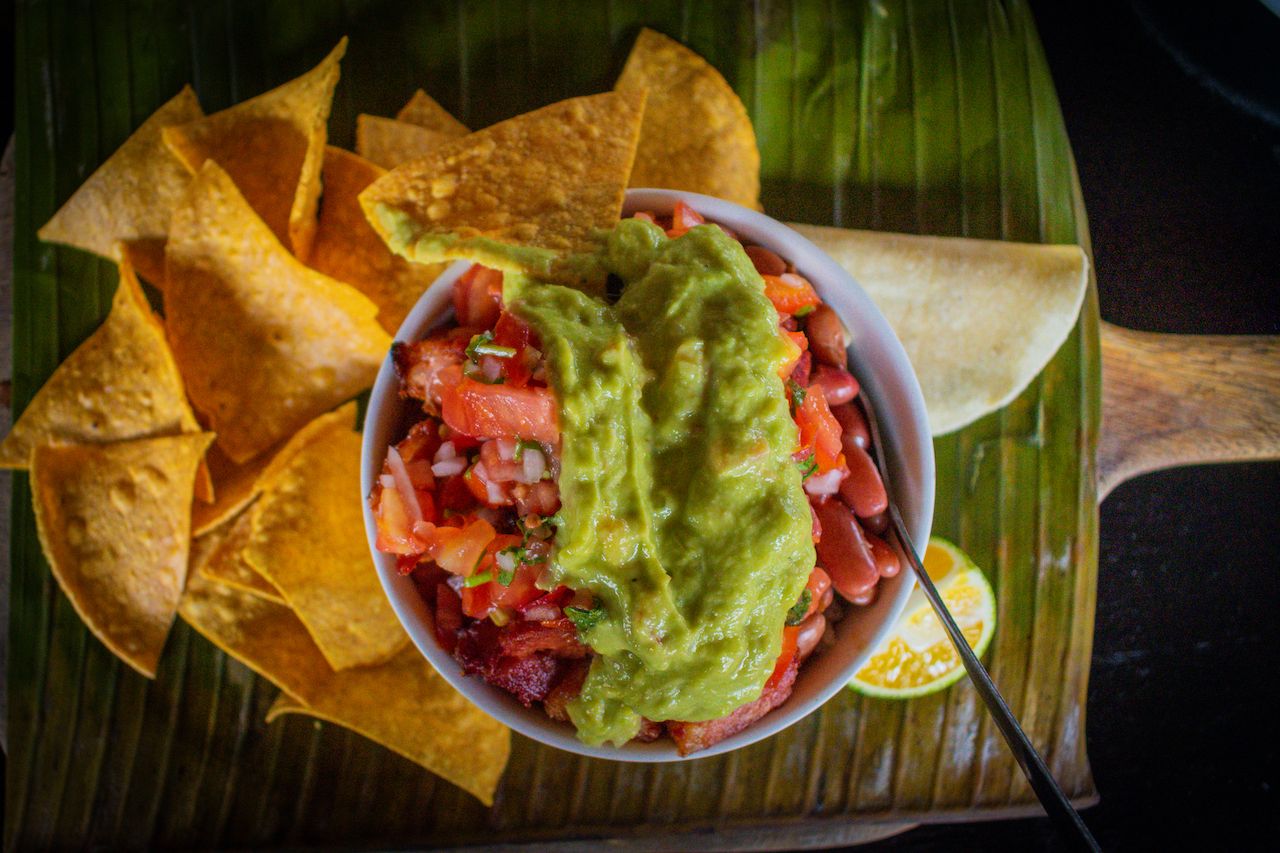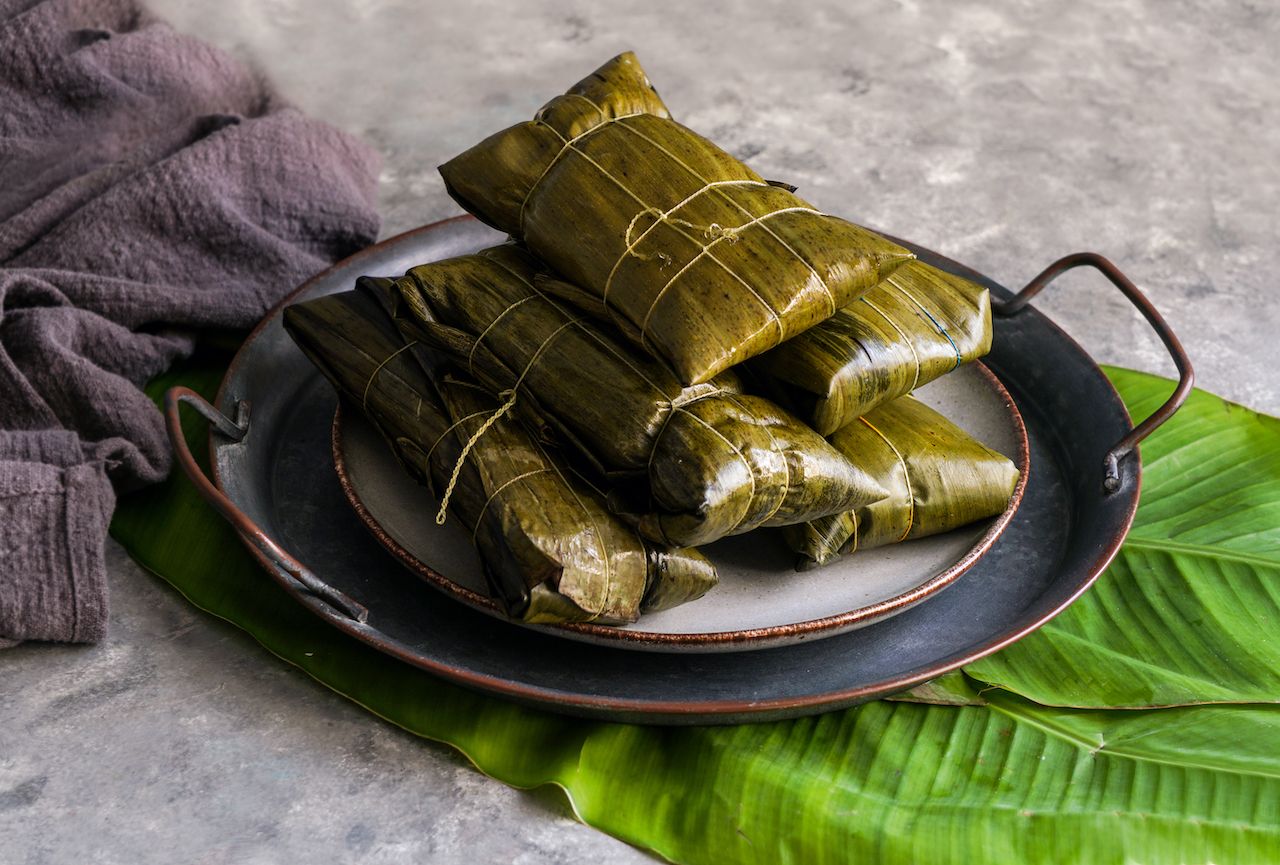Costa Rica is known for its waterfalls, beaches, sustainability, and pura vida lifestyle. One thing that should be on that list as well: the food.
“Our cooking reflects the tropical abundance we have everywhere in Costa Rica,” says Isabel Campabadal, a chef born and raised in San José.
Campabadal’s resume reads like a rundown of haute cuisine. Studies at France’s Le Cordon Bleu, LaVarenne École de Cuisine, École de Trois Gourmandes, and École de Cuisine Ritz Escoffier, as well as time in Italy under cooking authorities and cookbook authors Giuliano Bugialli and Marcella Hazan. Campabadal herself is internationally recognized and the author of 19 books.
